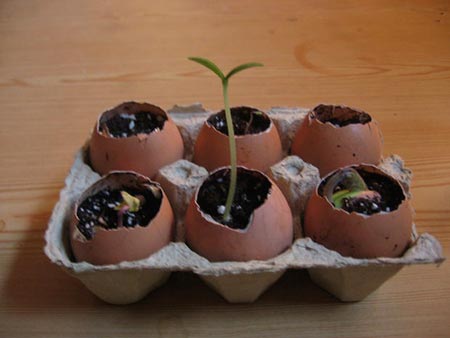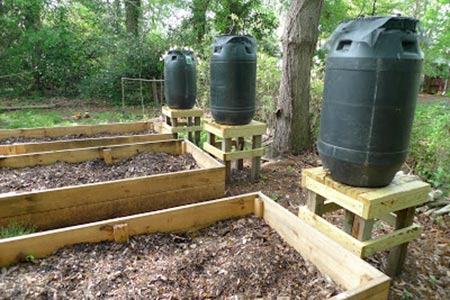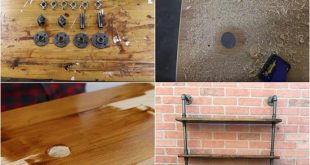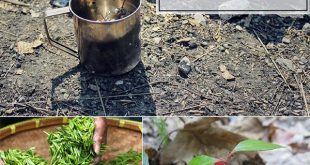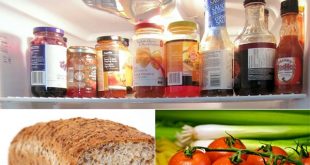9 Money-Saving Gardening Tips
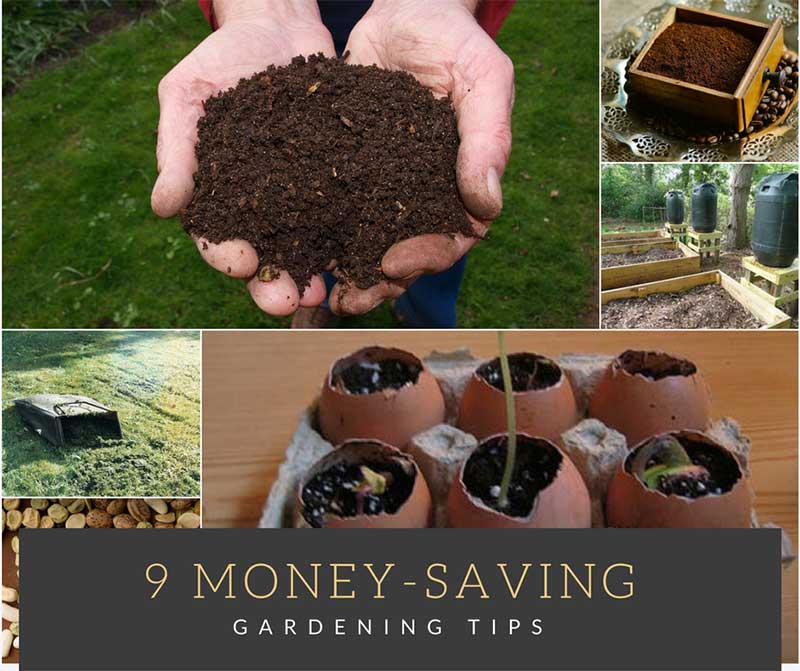
Gardening is a fantastic hobby and lifestyle. You have the mental and physical benefits of gardening. However, gardening can cost a small fortune if you use everything purchased from a store. Gardening can be inexpensive if you learn how to put to work, recycle materials and utilize the resources you have available.
Our family extensively gardens! We would spend a fortune if I had to purchase the resources at the store for everything. Instead, I’ve learned methods that reduce the overall cost of gardening throughout our entire growing season. Here are some of my favorite tips.
1. Compost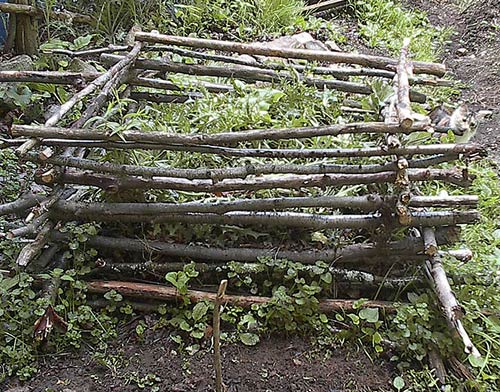
My first tip to save you money while gardening is to compost. Composting is also a great way to reduce your waste output, which might reduce your garbage cost. You can safely compost most fruit and vegetable scraps from your kitchen. Items such as egg shells, cardboard, newspaper, grass clippings, leaves and more can go into your compost pile.
Composting saves you money because the bags of compost at the store can cost you upwards of $9 a bag. Compost is a fantastic source of nutrients for your garden. You can expect your plants to thrive when you prepare your spring soil with compost. There is no reason to spend that money when the ingredients for compost are all around you! If you are looking for ideas then this article may help you — 18 Ingenious DIY Compost Bin Ideas
2. Organic Mulch Options
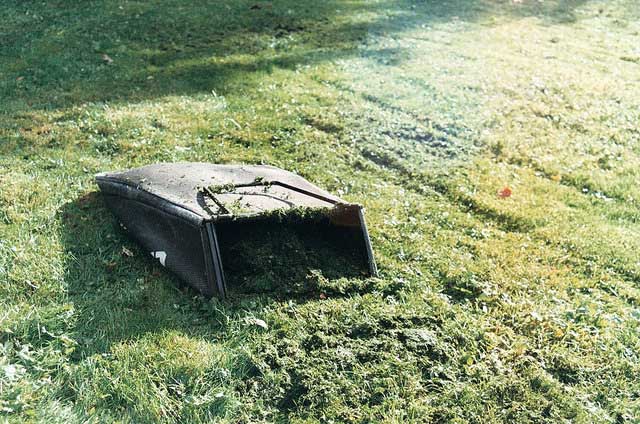
Mulch is a helpful addition to your garden. There are many benefits to using mulch, such as retaining moisture in the soil and reducing weed growth. Organic mulch has the additional benefit of decomposing over time, releasing nutrients into your soil.
Organic mulch differs from the bags of wood chips you might purchase at the store. Most choices are things around you, but you probably won’t win an HGTV award with them. Grass clippings are my favorite pick. As they decompose, nitrogen is released into the soil. Grass clippings at least a half inch deep will suppress most weeds. You can also use compost, shredded leaves, old hay and newspaper as mulch!
3. Save Seeds
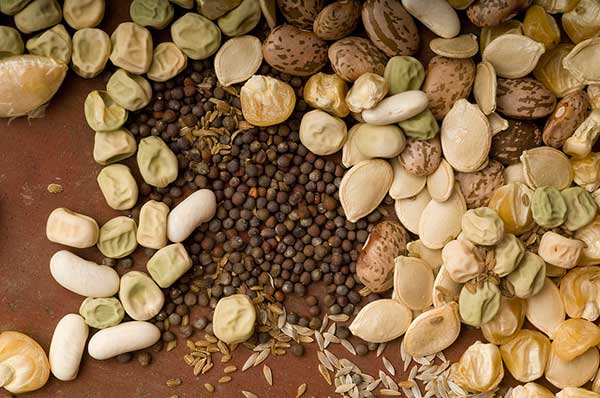
Seeds, especially good quality seeds, will cost you a pretty penny at first. Heirloom seeds are the only type of seed you can save after the growing season. There are other benefits to using heirloom seeds as well, such as pest resistance and better-tasting vegetables.
Saving seeds is a skill that might take time to develop. Some plants are trickier to save than others. For example, saving beans is easy! You just have to let the pods dry on the plant and remove the beans from the pods. Some plants, like carrots, take a bit more time and skill.
It is worth the time to develop the skill. We could easily spend $100 to $150 a year on seeds. Instead, each year, I spent time learning how to save just a few different seeds. It made the process less overwhelming. Start small, and in a few years, you won’t have to buy seeds at all!
4. Trade Seeds
Once you figure out how to save your seeds, it is time to start trading! Find local gardeners or homesteaders in your area who would be willing to swap unused seeds for unused seeds. It is a great way to try new varieties and save yourself some money! There are also forums and groups online where you can trade seeds!
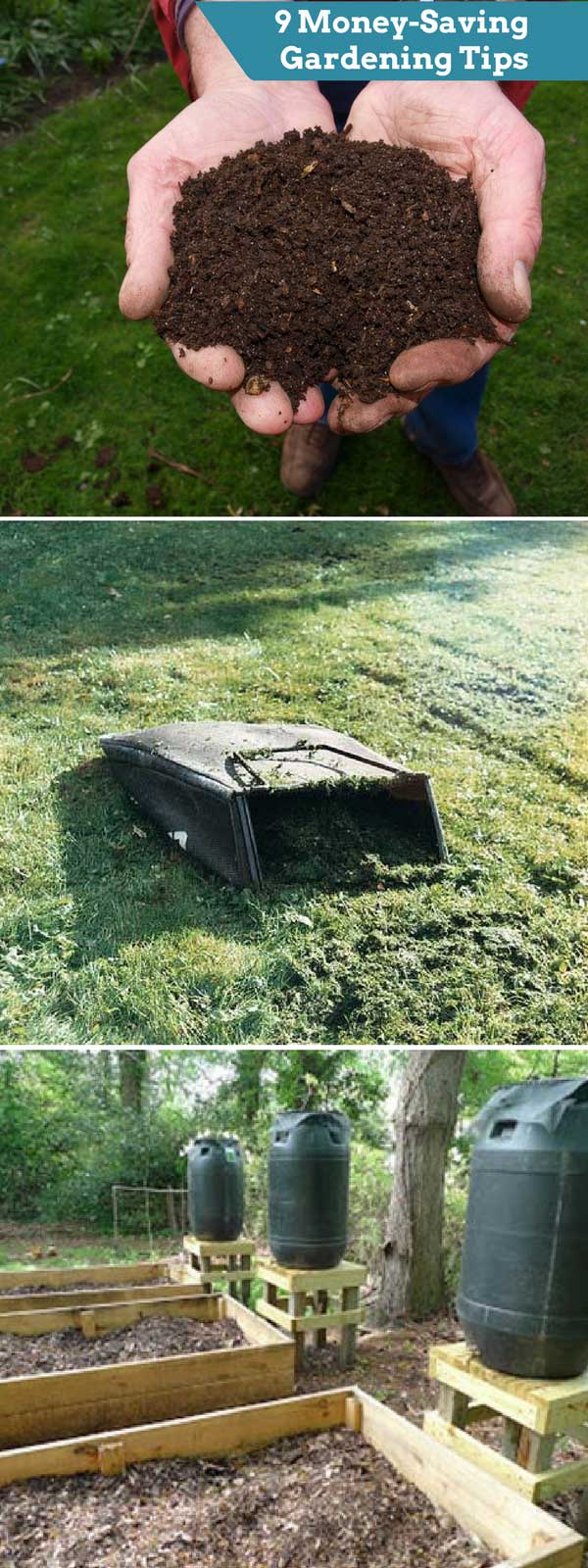
5. Purchase More Perennial Plants
One way to save money over the years is to purchase more perennial plants. Annuals might be the bulk of your vegetable crops, but you should pick perennial landscaping plants. They cost more in the beginning, but they are more cost-effective over the years. As long as you maintain them, these plants can last for years, saving your dollars. Check out this article to see my list of the 10 Perennial Foods: Plant Once and Enjoy Forever!
6. Start Seedlings at Home
This tip goes along with using seeds. Seedlings are expensive in the store, ranging from $3 to $5. That sounds inexpensive, but it can add up if you want to have a large garden with 100 plants! Starting your seeds at home inside is the most cost-effective way to start gardening.
I always start more seedlings than I need. Doing so allows me to sell the seedlings I don’t need to friends and family. It helps to recoup some of the costs! Learn how to start your seeds indoors here – Organic Gardening – Guide To Starting Seeds Indoors
7. Learn about Homemade Fertilizers
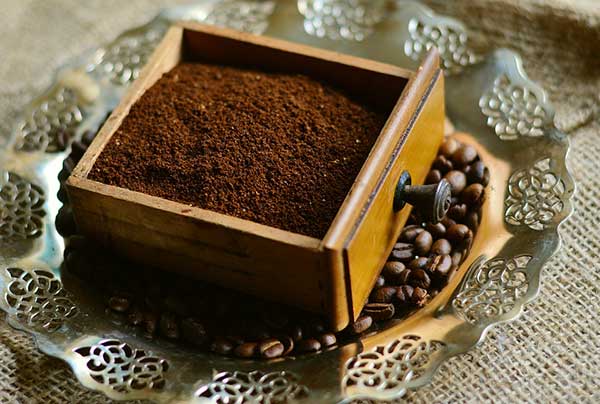
Fertilizing your garden is critical! All parents need certain nutrients to grow and thrive. Fertilizers ensure your plants are getting everything that they need. However, buying fertilizers in the store can be pricey! A small bag of fertilizer can cost anywhere from $5 and up.
There are so many fertilizers that you already have in your home that you don’t realize can be used as fertilizer! Egg shells are a source of calcium. Epsom salt offers magnesium and sulfur to your plants. Grass clippings release nitrogen into the soil. Banana peels are a source of potassium.
Those are just a few of the fertilizers you have right in your home. You’ll be surprised at what you can use as fertilizer! Read more if you are looking for 10 Garden Fertilizers You Already Have at Home
8. Use Salvaged Materials
If possible, you should try to use salvaged materials often. Gardening requires some infrastructure. If you want to use raised beds, you are going to need lumber. If you are practicing vertical gardening, you need materials that your plants can use to grow upwards.
Always take a look around your property first. You might be surprised what you can find! All it takes is a bit of creativity to reinvent materials you already have.
9. Water Efficiently
The last tip is to learn how to water efficiently. Watering all summer long can be one of the most costly things. It is best to learn some tricks to watering efficiently.
- Use plants that are native to your area. Plants that are exotic, for example, will require more water.
- Plant together based on watering needs. Put plants that require more water close together.
- Always water in the morning! It gives the soil enough time to soak up the bulk of the water before the temperatures reach their peak. Watering in the middle of the day will cause too much evaporation.
- Use a rain barrel and use the recycled water on your garden!
- If you have the extra money, try a drip irrigation system. While it is more expensive to install upfront, it will save you money over time.
 Home and Gardening Ideas At home and Gardening ideas we believe inspiring readers about homesteading, self sufficiency
Home and Gardening Ideas At home and Gardening ideas we believe inspiring readers about homesteading, self sufficiency

